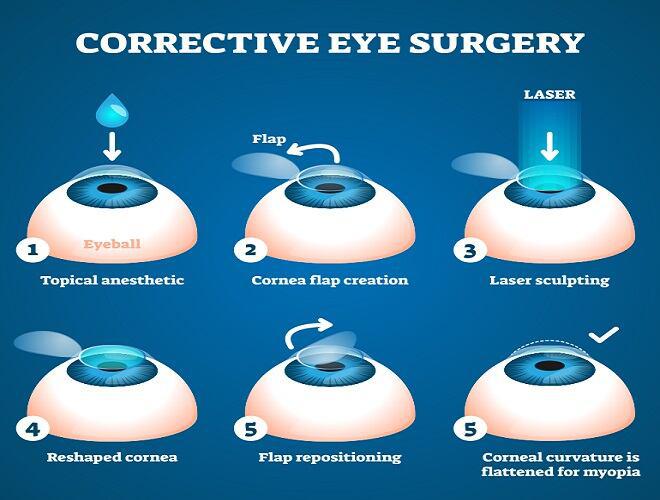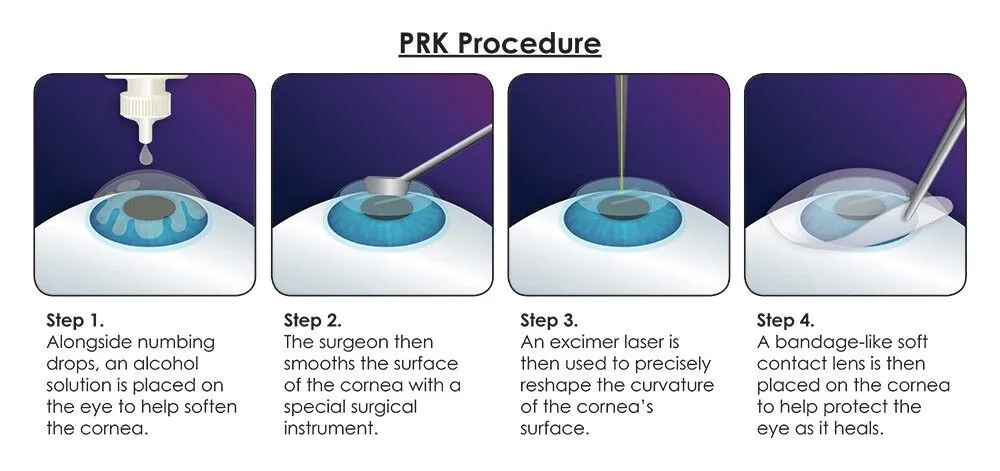Laser refractive surgery is a group of procedures that use lasers to correct vision problems like nearsightedness (myopia), farsightedness (hyperopia), and astigmatism. It’s an elective surgery, meaning it’s not medically necessary but can improve your quality of life by reducing or eliminating your dependence on glasses or contact lenses.
There are several different types of laser refractive surgery, but the most common are:
- LASIK (laser-assisted in situ keratomileusis): This is the most widely performed type of laser refractive surgery. During LASIK, a surgeon creates a thin flap in the cornea, the clear dome-shaped tissue at the front of the eye. Then, they use a laser to reshape the cornea, which corrects the way light focuses on the retina at the back of the eye. Finally, the flap is replaced.

- PRK (photorefractive keratectomy): In PRK, the surgeon removes the outer layer of the cornea (the epithelium) before using a laser to reshape the underlying layers. The epithelium then grows back naturally over the next few days.

SMILE (small incision lenticule extraction): This is a newer type of laser refractive surgery that is similar to LASIK, but it creates a smaller incision and leaves the epithelium intact.

Laser refractive surgery is generally a safe and effective procedure, but it’s important to talk to your doctor about the risks and benefits before you decide if it’s right for you. Some of the potential risks of laser refractive surgery include:
- Dry eyes
- Halos and glare
- Overcorrection or undercorrection of vision
- Infection
If you’re considering laser refractive surgery, it’s important to contact Dr. Hossam Elbarbary, a qualified and experienced surgeon. You should also be realistic about your expectations. Laser refractive surgery can’t give you perfect vision, and you may still need to wear glasses or contact lenses for some activities.
I hope this information is helpful. Please let me know if you have any other questions.
